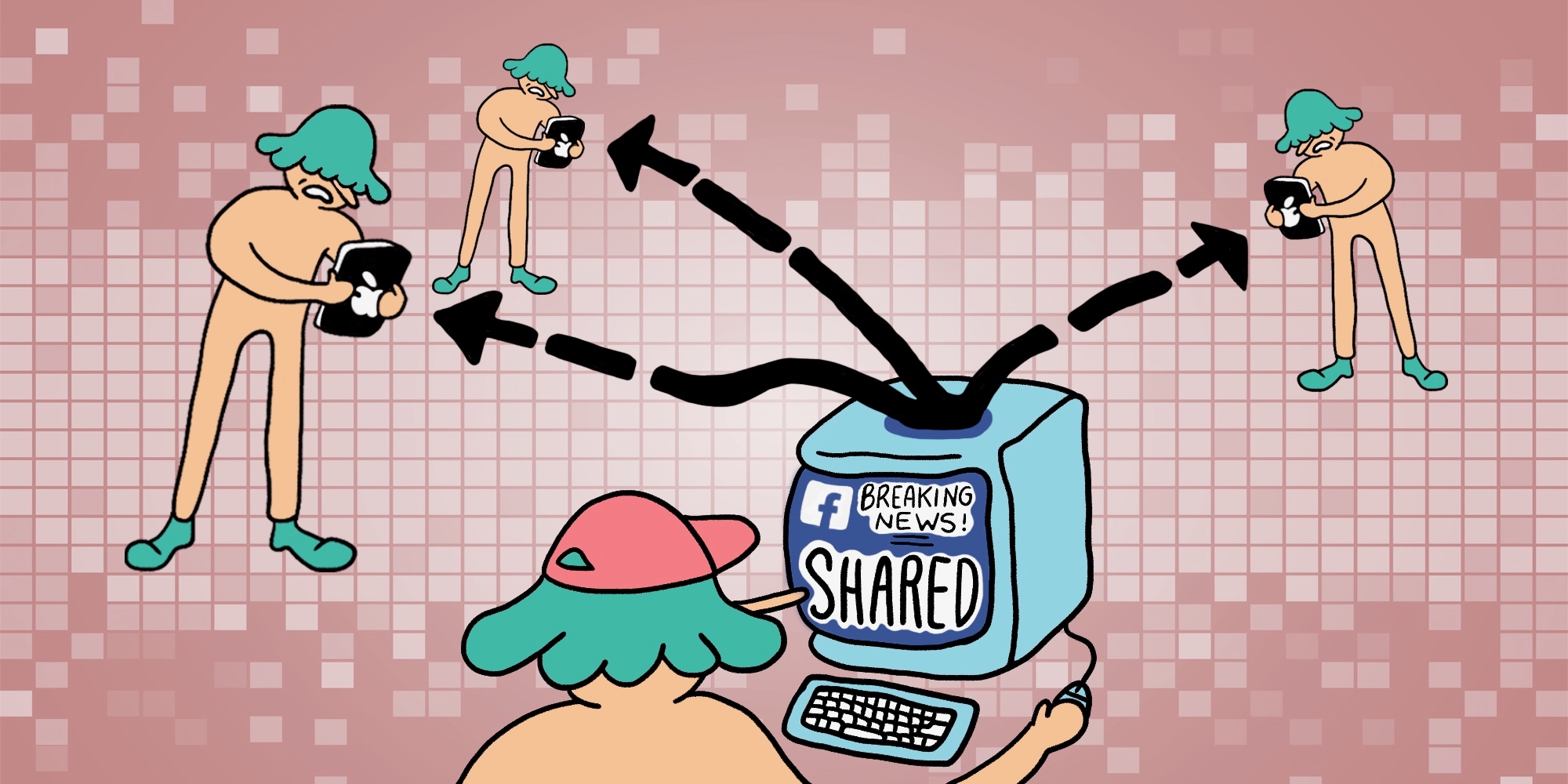Clicktivism, once derided as a slacker’s alternative to taking the social justice fight to the streets, is having its moment in the Trump era. And surprise: it’s working.
Oxford English Dictionary defined clicktivism in 2011 as “the use of social media and other online methods to promote a cause.” Online activism websites like Clicktivist.org expand this definition, outlining that “clicktivism is not exclusively the support or promotion of a cause online… [but] the use of digital media for facilitating social change and activism. More often than not, this takes the form of supporting and promoting a cause on social media.”
Critics argue that real activism takes place offline, in the real world. The Guardian reporter Micah White noted that digital activists actually “draw attention away from genuinely radical movements.” White argued that online activism hurts social causes by convincing people that it is acceptable to put their energy towards ineffective campaigns online, rather than participating in movements that inspire real change.
In fact, a study in the Journal of Sociological Science found that most people who like a Facebook page don’t even follow up with a donation. As South African researcher Khadija Patel put it, “It’s easy to click, but it’s also just as easy to disengage.”
However, the critics of clicktivism should not underestimate its power, since it is responsible for electing Donald Trump as the president of the United States.
Perhaps the most effective form of social media activism in human history is that of the “fake news” that circulated online during the 2016 presidential election. Trump supporters essentially used social media to circulate hoaxes and “pro-Trump fabricated stories” that were shared “a total of 30 million times,” according to a Stanford study.
To put it simply, clicktivism is necessary in order to set the record straight on and offline. Social media has become increasingly popular and is an effective outlet for people to come together and create change.
Internet activism appears to be changing the world, click by click. Times are changing. Even the President of the United States can’t seem to stop using his voice online. Mark Fahey from CNBC notes that Trump had 13 million Twitter followers before the election, and has about 25 million as of publication. His many mentions of fake news online have prompted an enormous amount of his supporters to bash the media, another form of clicktivism.
On the other side of the aisle, liberal activists have used the internet to push back against Trump and his policies. Teresa Shook, a creator of the January 21 Women’s March, used Facebook to propose that all women across the United States should march and stand up for their rights against Trump and his administration.
This simple post by a grandmother in Hawaii inspired a global phenomenon; this march occurred on all six continents and had at least 3.3 million participate.
Internet activism remains popular and will only continue to grow. People are either going to passionately fight for change or they simply will not act at all, but the internet is undeniably powerful in mobilizing action. All it takes is a simple like, share, retweet, or post to make a change.
Start by making your voice heard online.
Header by Ching Lan.







